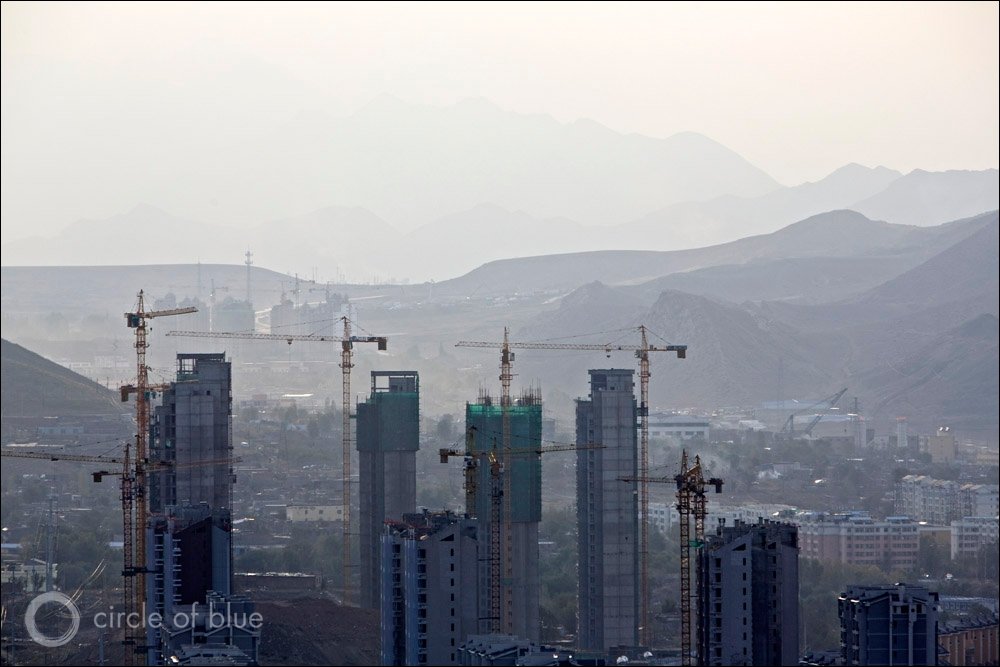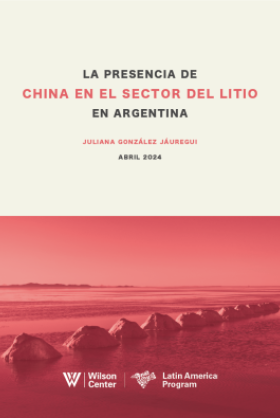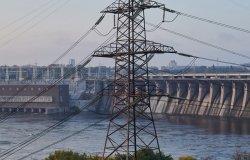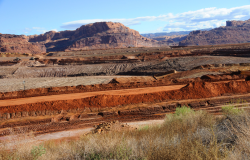China Tests New Strategy to Curb Coal Demand, Reduce Air Pollution, and Conserve Water
CEF's partner, Circle of Blue, describes its work with a Chinese governmental agency to design a strategy of "Co-control."

Faced with diminishing freshwater reserves and rising levels of toxic air pollution, China appears ready to begin curbing the primary cause of both harmful trends — the mining and burning of steadily increasing amounts of coal to serve the nation’s utility, chemical, cement, and manufacturing sectors.
Editorials in state newspapers describe the Chinese leadership as more determined than ever to simultaneously strengthen water conservation, improve energy efficiency, and accelerate the development of cleaner energy sources. China’s state news agency, for instance, announced in August a government pilot program to “control” coal consumption in a few dozen major cities, including Beijing.
One of the nation’s premier science divisions, the Policy Research Center for Environment and Economy (PRCEE), a unit of the Ministry of Environmental Protection, is developing a distinctive set of scientific and industrial management practices — called “co-control” — to reduce China’s dependence on coal. The idea is to identify and implement cost-effective strategies that simultaneously reduce emissions of greenhouse gases, limit conventional air pollutants, and lower demand for coal.
Since 2010, journalists from Circle of Blue and researchers from the Wilson Center’s China Environment Forum have traveled repeatedly to China to document the consequences to water supplies, and to air quality, from China’s use of coal. The Choke Point: China series attracted the attention of the Ministry of Environmental Protection. Over the last year, scientists with the PRCEE teamed up with Circle of Blue and the Wilson Center’s China Environment Forum to conduct weeks of field research on how two Chinese cities — Urumqi in the desert west and Qingdao on the Pacific Coast — manage their water and energy demands. The collaborative project produced a comprehensive report, funded by the Asian Development Bank, that makes the case that a two-year-old pilot program conducted by the Ministry of Environmental Protection in Urumqi to reduce coal demand can be applied in Qingdao and duplicated in other cities.
The PRCEE’s co-control concept to reduce dependence on coal stems from more than 20 years of cooperation between China’s Ministry of Environmental Protection and the U.S. Environmental Protection Agency (EPA), which worked together in the mid-1990s on frameworks for improving air quality across regions. Through deploying various equipment, state-of-the-art industrial practices, and market mechanisms to reduce total greenhouse gas emissions, other toxic pollutants affecting the quality of urban air also will decline.
With the help of Circle of Blue and the Wilson Center, the PRCEE recently expanded their research to incorporate water supply and use in co-control practices. The report describes how reducing the flow of water in energy-hungry desalination, wastewater treatment, and recycling plants significantly lowers the demand in China for coal-fired electricity. Click here for a copy of the study: Scoping Water and Energy Pollution Nexus in Urumqi and Qingdao for Preparing PRC’s Ministry of Environmental Protection Co-Control Program.
Please click here to read the full article.
Related Program

China Environment Forum
Since 1997, the China Environment Forum's mission has been to forge US-China cooperation on energy, environment, and sustainable development challenges. We play a unique nonpartisan role in creating multi-stakeholder dialogues around these issues. Read more










